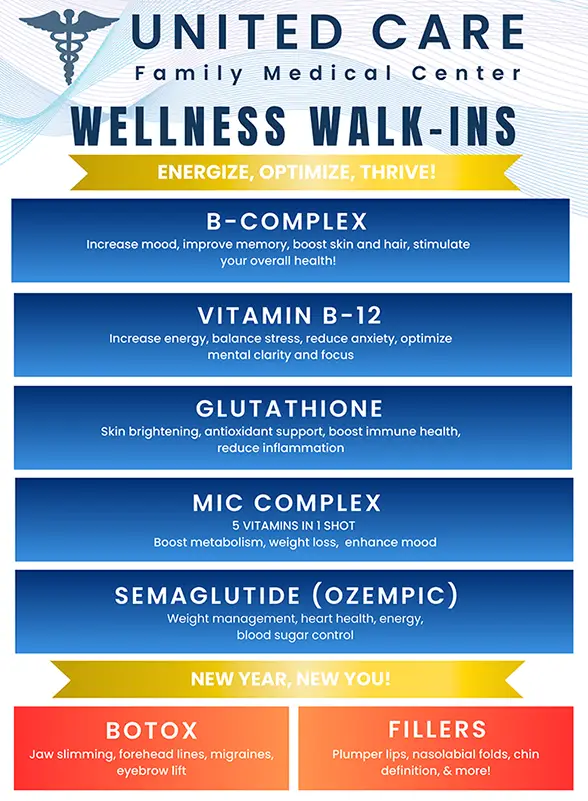COVID Information
Coronavirus Disease 2019 (COVID-19) was first discovered in Wuhan, China as a large increase in Pneumonia cases occurred in December 2019. In humans, Coronavirus infections can cause a range of respiratory symptoms from the common cold to respiratory distress. Symptoms include fever, chills, weakness, fatigue, muscle and body aches, headaches, cough, dyspnea, shortness of breath, sore throat, rhinorrhea, nausea, vomiting, and diarrhea. COVID-19 can result in respiratory failure, arrhythmias, acute cardiac injury, cardiomyopathy, pulmonary embolism, strokes, and pneumonia.
COVID-19 is transmitted by respiratory droplets and contaminated surfaces. The virus cannot travel more than 6 feet via cough, sneeze, or speaking without a mask. Furthermore, touching contaminated surfaces and then touching the eyes, mouth, and nose may cause an individual to become infected by COVID-19.

Individuals of advanced age (>60 years old) and those with comorbidities of cardiovascular disease, diabetes mellitus, hypertension, chronic lung disease, cancer, chronic kidney disease, obesity, and smoking are at the highest risk of infection and complications.
Testing for COVID-19 can be done via nasal swab or antibody testing.





